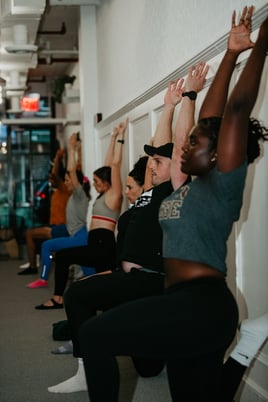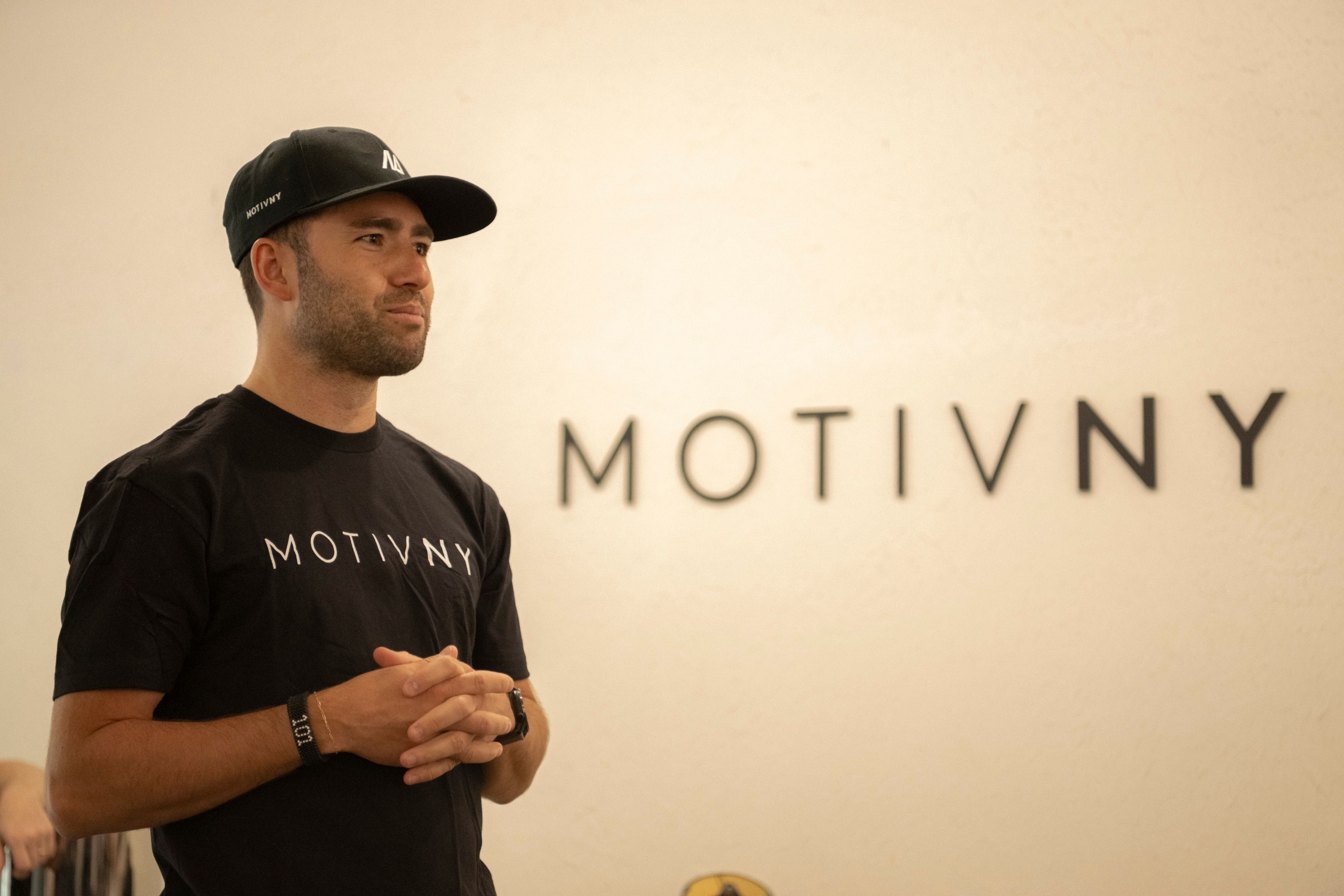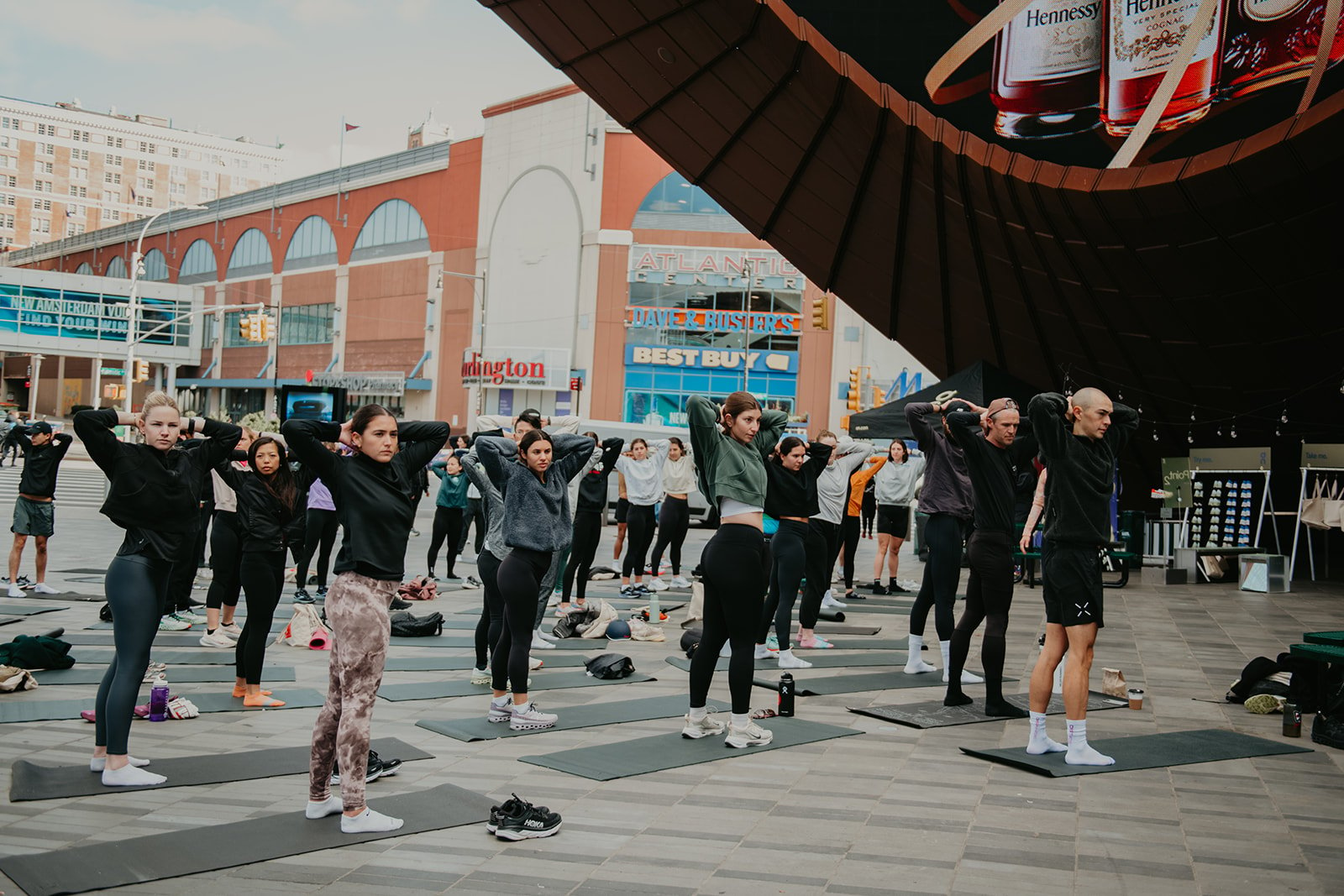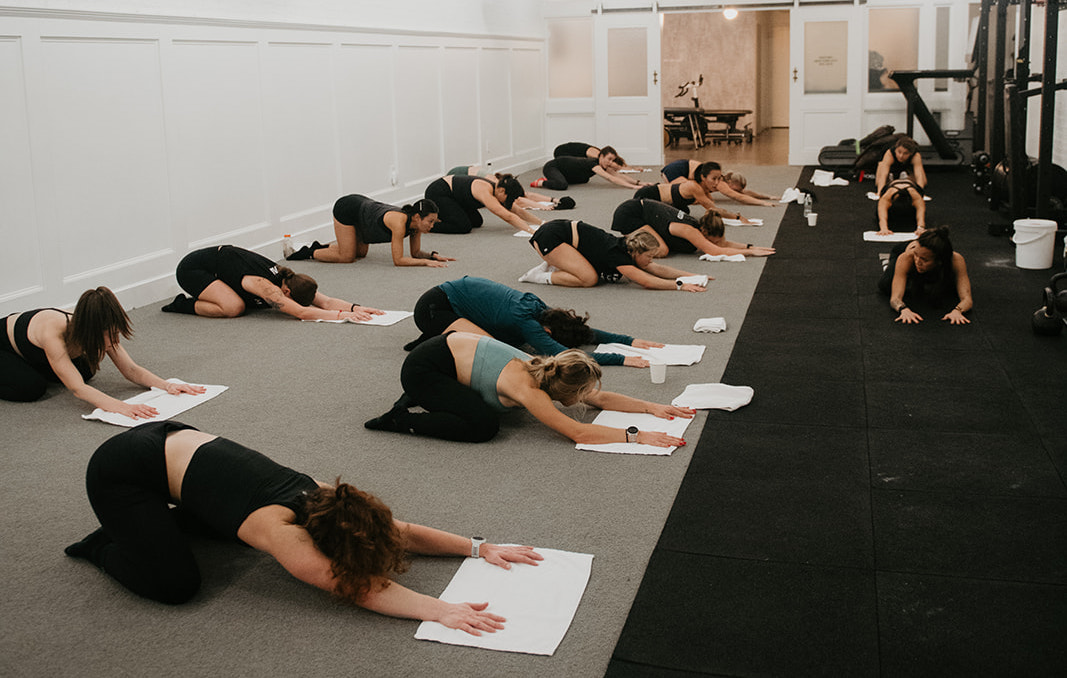Mastering Strength and Mobility: The Power of Mindful Integration
February 27, 2024
Being mindful during exercise isn't always the easiest because it means you actually have to think. But isn't that the point? Being in the exercise or workout you are doing can improve the overall workout. It's like creating a mental checklist that you go through during your routine to keep you honest, but more importantly to keep you safe and focused. At the end of the day, we all want to walk away from a strength/mobility routine feeling like we've moved the needle forward.
Working on mindfulness during exercises takes some practice in itself. Mindfulness requires deliberate, sustained attention to sensory and cognitive processes along with an unconditional acceptance of the inner experience. Desbordes G, Gard T, Hoge EA, et al stated in a study that by focusing on the movement you are doing, you will actually begin to feel the purpose of the movement rather than just knowing the purpose of the movement.

The first step to incorporate mindfulness into activity is breathing, plain and simple. Next time you work out, check in and observe how often and with which movements you hold your breath - I promise, you'll do it at least once. Working on your inhale and exhale while performing activities will keep you engaged in the movements you are performing.
Keeping your head in the exercise or stretch you are trying to do is next. This tends to be easier when you have an external focus compared to an internal focus on the movement. An external focus will improve output without focusing on specific tissue being activated. For example, when running up a hill, you are thinking about driving your arms and leaning into the hill.
An internal focus will help create better muscle activation or stretch but will usually produce lower output. An example would be running up the same hill but thinking about the hamstring muscle activation while running up the hill. Both examples will get you up the hill, butan external focus will get you up the hill faster while the internal focus will activate the hamstrings more.
An external focus is great for competition and doing activity with maximal effort. An internal focus is better if you are trying to mobilize or activate a specific tissue. It's always important to consider which you are trying to accomplish. Focus on what you are doing and why. What is the goal of the exercise and what are you going to gain from the movement? The focus of the exercise should match the goal. For example; if you are performing a hamstring stretch, actually focus on how the muscle feels.

The last tool is keeping a positive outlook and getting feedback from others. Getting feedback is a great way to constantly make improvements and get cues on what you should be thinking about during an exercise. This is a great way to communicate with yourself, gain confidence in the movement and improve efficiency.
Pulling these tools together should be simple and straightforward. Working with a coach or physical therapist can help point you in the right direction and improve your mindfulness with activity.
References:
Desbordes G, Gard T, Hoge EA, et al Moving beyond mindfulness: defining equanimity as an outcome measure in meditation and contemplative research. Mindfulness (N Y). 2015; 6 (2): 356– 372




